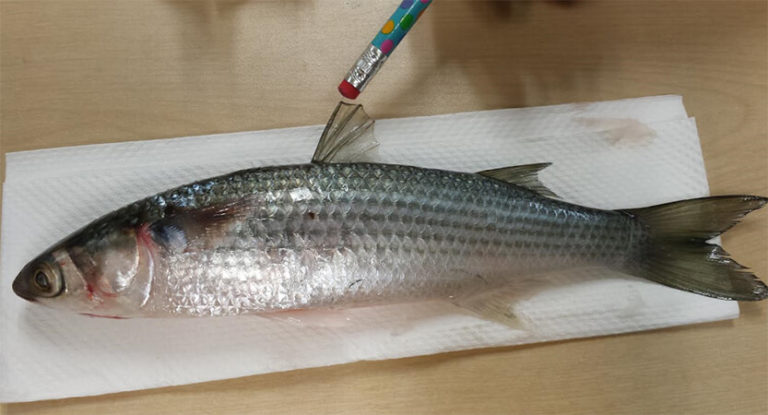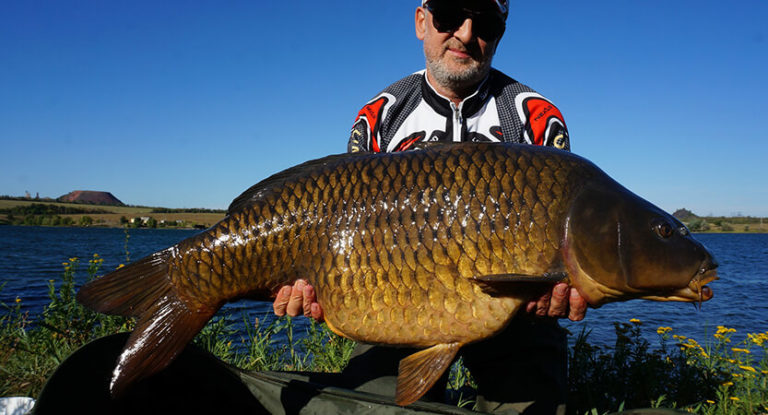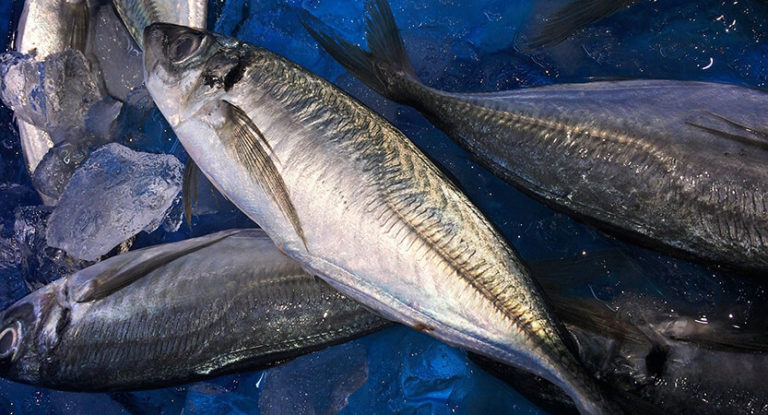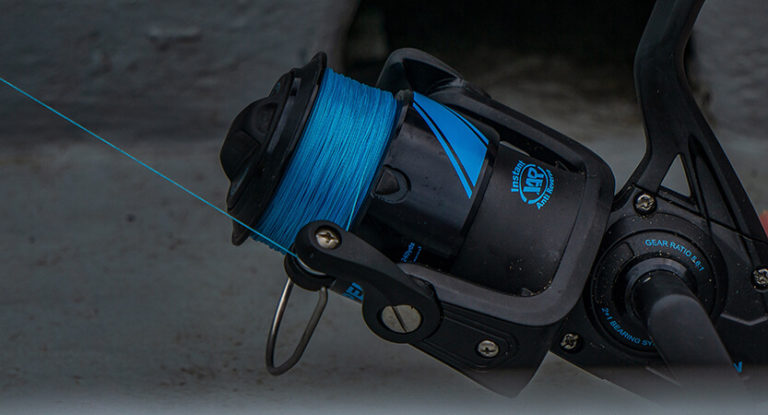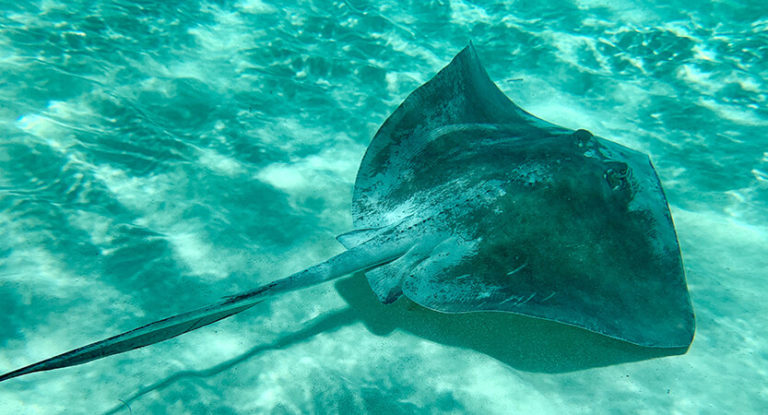Fishing savvy is something amazing! It would seem that the days when there was a shortage of elementary high-quality fishing line, and all the elements of the rig needed to be revised. Now come to the store and buy what you need – why reinvent the wheel? However, anglers continue their tireless search, sometimes finding surprisingly non-standard solutions. Catching peaceful fish for assembly with a cork is one of the most interesting finds of amateur anglers. The simplest tackle, made literally on the knee, sometimes surpasses the most intricate installations in terms of catchability!
This method of bottom fishing has appeared relatively recently, but has already gained a lot of loyal fans. And today we will get acquainted in detail with the device of this interesting and accessible tackle in all respects, we will learn how to make it with our own hands, we will substantively consider the nuances of the corresponding fishing method. As a bonus, there are some of the simplest and most popular cork filling bait recipes and tips from seasoned anglers for using a coarse but effective feed.
Here is an overview of the content of this tutorial, feel free to jump to any section you care about:
For more fishing instructions, take a look at these popular Trizily links: Best Spincast Reels, Best Spinning Rods.
What is cork in fishing?
The basis of the tackle is an ordinary plastic (less often metal) bottle cap (from yogurt, milk, water, and so on). In this case, it plays the role of an open bottom feeder. When creating a mounting, a flat sinker is used, attached to the bottom of the feed. Its main purpose is to keep the tackle in one point and prevent the trough from overturning.
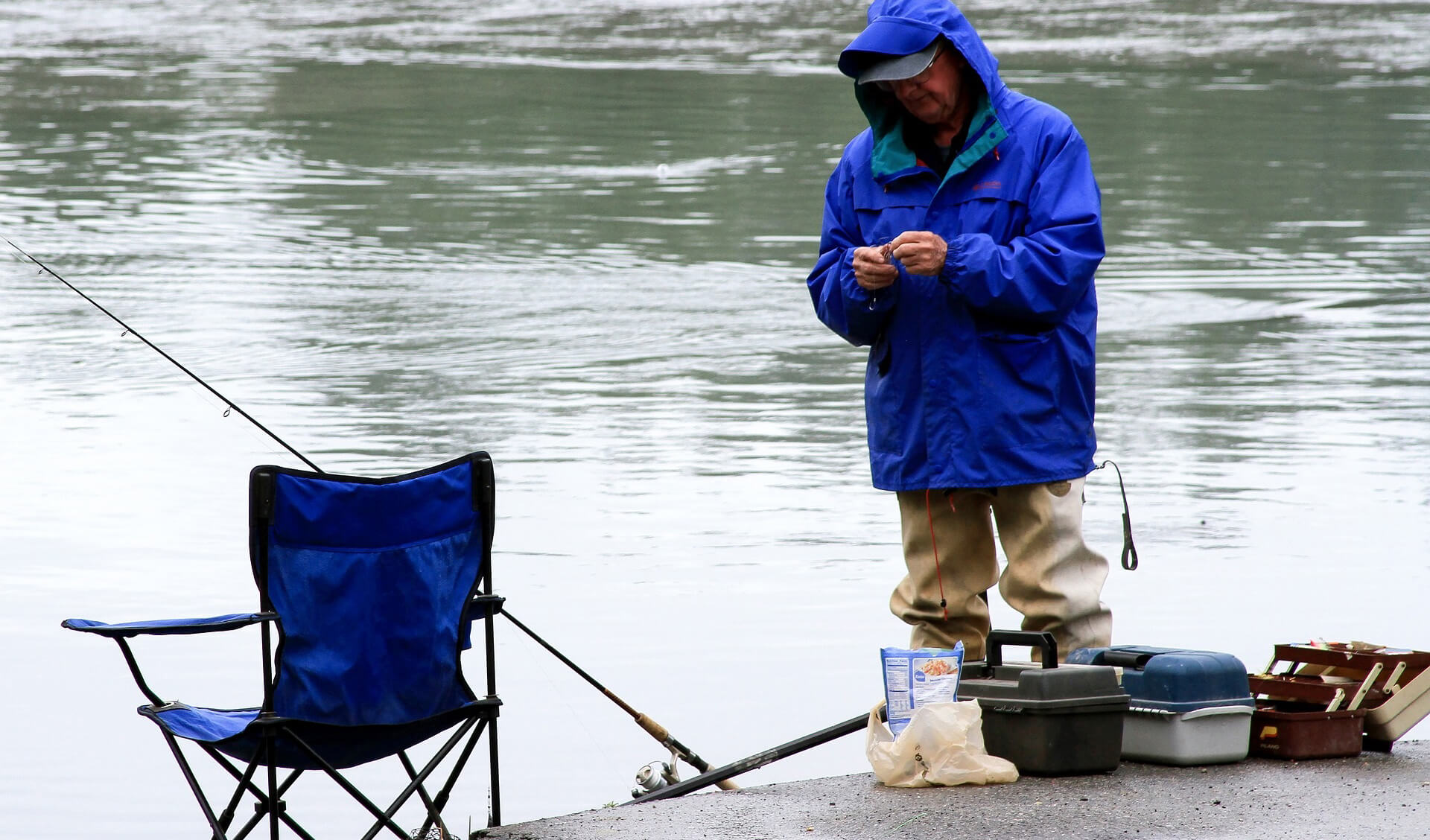
The cork is equipped with leashes with hooks and filled with a fodder mixture of the consistency of plasticine (the hooks are hidden inside the plastic mass). The role of the rod is played by a spinning or feeder blank. The mount is attached to the main line either from the side or from the top. When casting, the cork takes a horizontal position and lies on the bottom with its open part up. The fish (a representative of the carp family) comes up to the feed, begins to suck out the contents (which is why this tackle is also called a “nipple”), simultaneously swallows the hook and self-chokes. The only thing left for the fisherman is to bring the fish to the access zone of the landing net or to the shore.
You can catch a variety of corks, from miniature to voluminous. The amount of feed mixture and the weight of the installation depend on their size (usually from 20 to 60 grams). This parameter determines the characteristics of other elements of the equipment.
Advantages and disadvantages of the tackle
Among the most obvious advantages of this type of rig it is worth noting:
- Availability . Plastic and metal caps are abundant in every home, you don’t even need to buy anything specially.
- Ease of manufacture . The process of making handicraft installation will take an hour at most (and this is with the imposition of hooks). The most time-consuming process is nipple loading.
- All-seasonality . The cork can be used successfully during the entire open water period, except for a few weeks in spring. The fact is that the device of the tackle assumes the presence of several leashes with hooks, and in most regions during the period of spawning restrictions fishing is allowed only for one or two hooks.
- Versatility . This tackle can be used to hunt all peaceful inhabitants of the aquatic environment , from small roach to trophy carp. The presence of several leashes, with some luck, allows you to catch two or three individuals at the same time.
- The breadth of application . Fishing can go at any depths and distances.
Among the shortcomings , mention should be made of the exactingness to the nature and relief of the bottom: the nipple works well only on a flat, hard surface. It is difficult to use it on the current: ideally, with the help of this tackle, they fish in stagnant water. To cope with this disadvantage, an increase in the volume of the lid helps.
Equipment elements
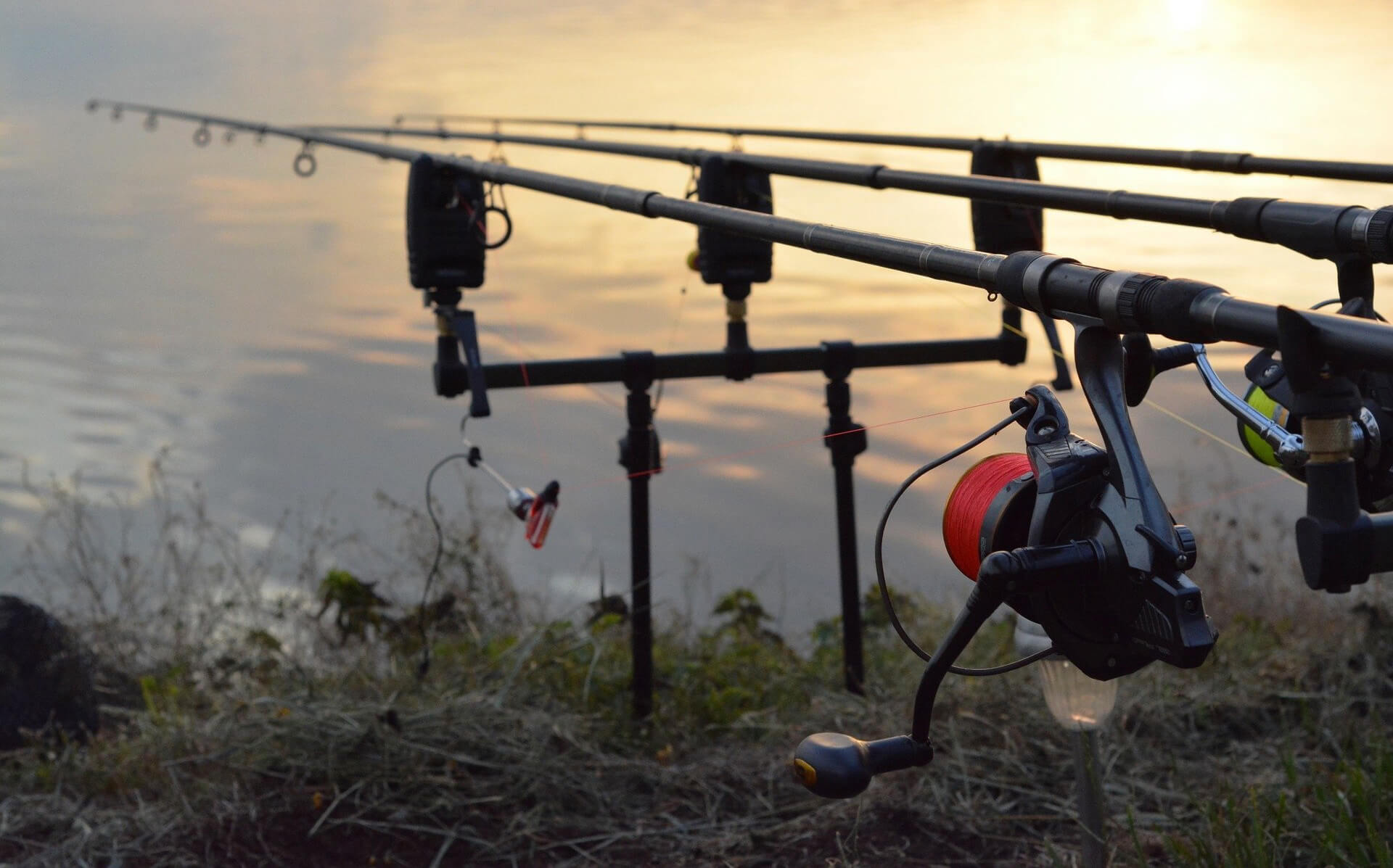
And now it’s time to move on to the practical points – the choice of tooling elements:
- Rod . There are no special requirements for the form, the main thing is that it is of high quality and reliable. In most cases, feeder (less often – spinning) blanks of medium-fast and medium action are used. The test is selected depending on the weight of the installation. Usually, the mass of the equipped cork is large enough, therefore, medium and medium-heavy rods are used for fishing with it.
- Reel . A high-quality reel for 2000-3000 with a well-tuned clutch is optimal.
- Main line . As the main line, you can use both high-quality monofilament with a diameter of 0.35-0.4, and braid that is half the thickness. When choosing a fishing line, you should take into account the fishing distance: the high extensibility of the monofilament with increasing distance becomes an increasingly negative factor. The section for fastening the installation must also have the same characteristics.
- Leashes . For the manufacture of leashes, a regular nylon cord is often used, but it is better to take a monofilament of the same or slightly smaller diameter than the main line. When using braids, one must take into account its high abrasion resistance: it will inevitably suffer at the points of contact with the cork and the bottom surface. A length of 10-15 cm is quite enough for the correct functioning of the tackle.
- Hooks . These items of equipment are selected depending on the size of the expected trophies, but it is impossible to predict this parameter precisely in advance. Most anglers tend to install the # 5-8 universal hooks according to our own classification. Before each fishing, the hooks must be sharpened: the tackle is designed for self-cutting, which is possible only if there is a sting of impeccable sharpness.
- Stopper . If the mounting is attached to the main line tightly, this element is not needed. It is only necessary to limit the range of movement of the assembly with sliding attachments. A silicone stopper that matches the diameter of the line works best.
- Cover . For fishing, plugs with a height to diameter ratio of 1: 2 are optimal. The most successful standard lids for yoghurt and juices. Most anglers use plastic caps, but there are also metal cap lovers. On the one hand, it is easier to load them (you can simply pour molten lead), on the other hand, soft metal is more susceptible to deformation and more intensively frays the line.
Recently, ready-made installations with an element resembling a cork have appeared on sale, so it is not necessary to do needlework – you can just visit a specialized store.
Fishing preparation
We will assume that we have the necessary elements of the equipment, we proceed to the installation:
- We clean the cork . It is necessary to remove all residues – foil and other unnecessary elements.
- Let’s start loading . Ideally, sheet lead is used: it is soft enough to be shaped over the bottom of the lid. An alternative is to saw out (melt) the corresponding workpiece from another metal. The load is attached to the plug with a rivet or nut and bolt. If you have a metal plug, you can fill it with lead until the desired weight and stability is achieved.
- We make holes for the leashes . A hot awl or a nail can be used to punch holes in the plastic to avoid unwanted burrs. In the metal, the holes will have to be sawed.
- We attach the main and additional leashes . It is possible to successfully fish on a cork equipped with one additional leash with a hook, but most anglers use 3-5 of these mounting elements at the same time. The use of winding rings contributes to greater durability of the installation: the line is not so intensely abraded.
- We impose the tackle on the main line . You can do this directly, but the use of a carabiner and a swivel will give more comfort when servicing the tackle.
Cork Bait Recipes
Every seasoned angler has a favorite recipe for teat mix. Ideally, it should resemble plasticine in consistency: then it will slightly “dust” in water, but it will stick well in the lid. As a rule, anglers prepare the base of the mixture at home, bringing it to the desired consistency already at the place of fishing, achieving optimal condition before each tackle.
We offer several simple and effective recipes:
- Semolina . You will need water and semolina in approximately equal proportions. Bring the water to a boil, gradually pour the porridge into it, stirring continuously. When the mixture becomes homogeneous (usually 5-10 minutes of cooking), remove the pan from heat, close tightly and wrap it up. After 40 minutes, coat our hands with vegetable oil and knead the mixture. The bait is ready!
- Potato and bread . First of all, you should boil the potatoes and mash them in mashed potatoes. Chopped roasted sunflower seeds is a good addition. Add brown bread and unrefined vegetable oil to the potatoes, gradually stirring the fraction and achieving the desired consistency. In the process of fishing, the cork is charged with the most plastic bait: if it is dry, you can add a little oil, and in the absence of it, water.
- Corn . One can of canned corn is enough. It is necessary to drain the liquid from the jar, and grind the corn into a homogeneous mass. Honey and unrefined vegetable oil are used as natural attractants (just add a spoonful). Before loading the tackle, it is necessary to bring the bait to the desired consistency by adding semolina or bread crumbs.
- Pea-corn . It is best to use canned or fresh milk-ripened peas: it will take only 10-15 minutes to boil until soft. Dry peas are soaked in cold water overnight and boiled for about two hours. Half an hour before the expected readiness, you should add corn, not forgetting to periodically stir the porridge. The ratio of water / peas / corn is 3: 1: 1. At the end of cooking, you can flavor the mixture with a spoonful of oil and a spoonful of honey. You can also add a little sugar.
All baits are cooked over very low heat with constant stirring: the “aroma” of the burnt one will scare the fish away, and it cannot be beaten off by any attractant. During fishing, the mixture is pressed into the cork, and the hooks are also hidden in it. Nozzles are used extremely rarely: as a rule, the stings are equipped with foam balls to impart negative buoyancy to them.
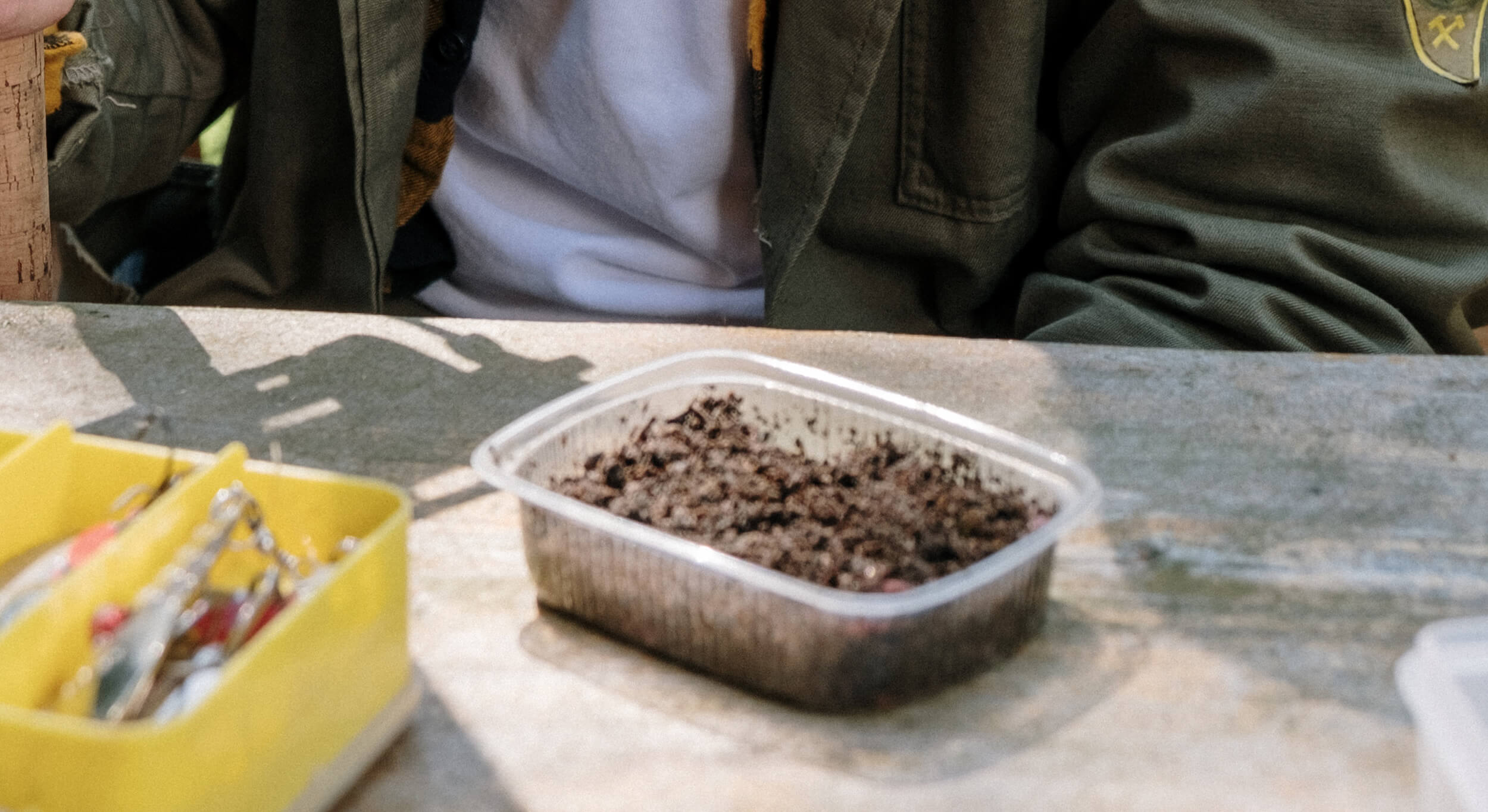
Fishing progress
As a rule, the optimal places for fishing are areas of bottom anomalies, suggesting the presence of uneven relief. These are dumps, pits, curbs , snags, places near hydraulic structures, and so on. However, it must be borne in mind that the cork should lie horizontally on the bottom, therefore, it is better to choose more or less flat areas. One more thing: the tackle is designed for self-hooking, so nothing will prevent the fish from immediately leaving the thickets, if they are located near the place of casting. It is recommended not to abuse the castings in the lining and small windows among the thickets.
Having identified a promising and comfortable place, the cork is loaded with porridge, hooks with polystyrene are packed into it (you can also attach a worm or maggot) and purposefully thrown into the appropriate square. Preliminary massive feeding is either absent, or very neat, so as not to overfeed the fish: the cork already smells quite attractive for potential prey.
Usually an angler uses several rods, and it is problematic to keep track of quivertips. There is no particular need for this if you equip the tackle with an ordinary bell, or even better with an electronic signaling device. The preservation of the mixture in the cork depends on the fishing conditions. In the absence of flow, a well-prepared groundbait “hovers” for at least half an hour. After this period, the tackle needs to be checked and re-cast. It may be worth changing the place of fishing or the composition of the bait mixture.
You need to hook the fish confidently, but without undue sharpness. When playing , be careful not to leave any rigging in the fish’s mouth.
Features of fishing of different types
As a rule, representatives of carp species are caught on this not too sports tackle:
- Crucian carp . The cork is not a specific crucian rig: this fish prefers a soft muddy bottom, where the use of such an installation is difficult. However, in reservoirs of a large area, there is a very real opportunity to get quite a decent crucian carp from half a kilogram in weight. It goes especially well with peas and corn with the addition of unrefined sunflower oil.
- Bream . Bream is a big capricious: it is difficult to predict what exactly he prefers on a particular water body. The most versatile flavor is anise, and vanilla goes well.
- Carp . Large specimens are cunning and clever, it is almost impossible to catch them with an amateurish approach. When fishing for carp, it is better to fill the cork with a mixture with the addition of cake – the mustachioed giant is especially not indifferent to the cake. In summer, attractants with a fruit aroma show themselves well, but sometimes carp goes well with the aromas of garlic and dill.
It is worth choosing an attractant carefully, having several options in your arsenal and mixing small portions of bait, varying them.
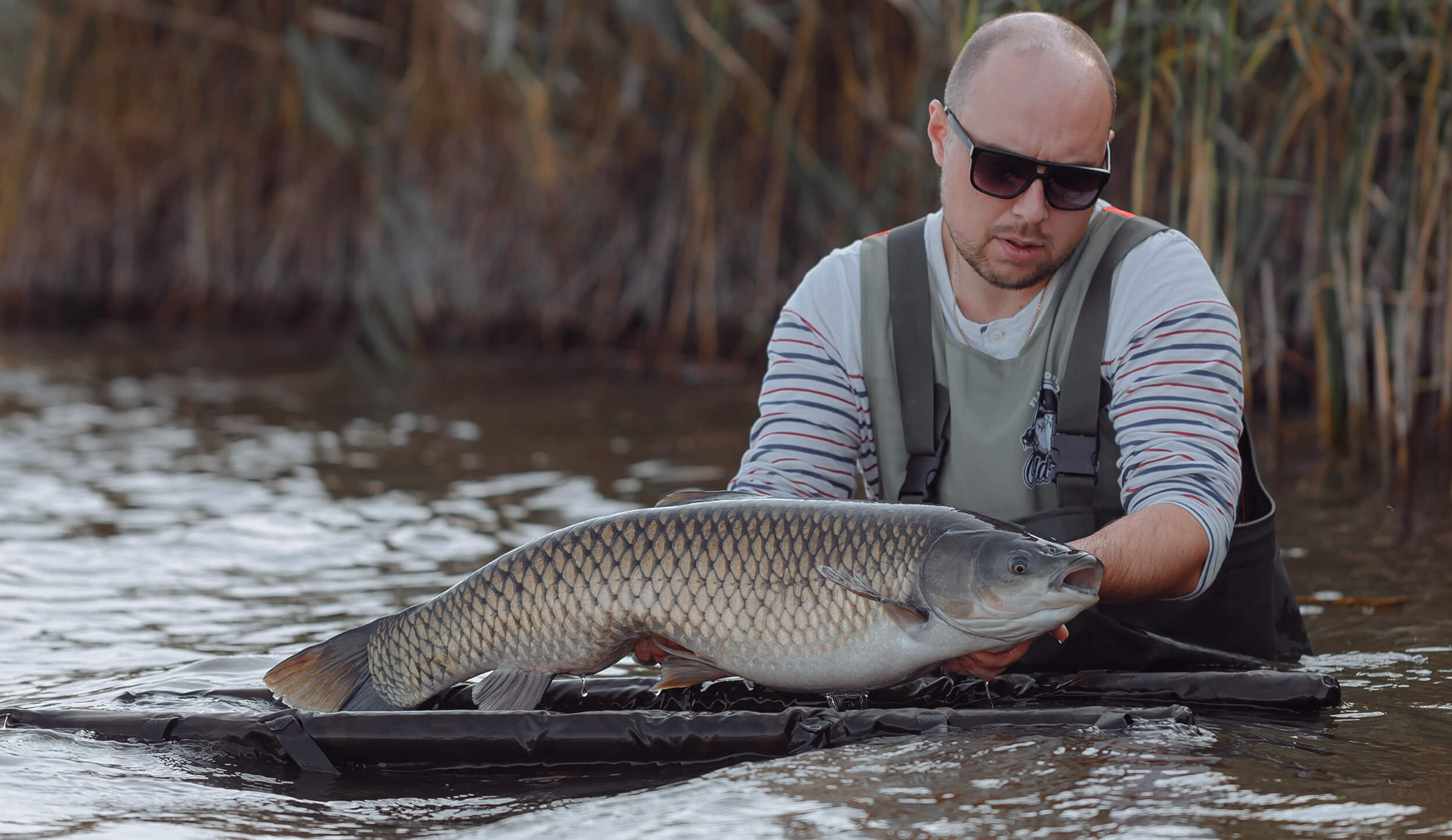
Fishing tips
At the end of the post, let me give you some tips:
- Don’t overdo it with attractants. Overdoing it with flavor can play a negative role, scaring fish away from the bait. If you do not know exactly what to flavor and in what quantity, choose neutral options such as sunflower oil – the fish loves it always and everywhere.
- In the fall, you can add animal components. The addition of animal components (feed bloodworm or chopped worm) greatly dilutes the mixture, therefore it is better to limit yourself to a small dose added right before casting.
- If you increase the volume of the cork, you can fish with it in a moderate current. For this purpose, heavily weighted lids from 5-6 liter bottles are chosen.
- If there is a lack of a helical surface, a wire spring can be used. If you insert an impromptu wire spiral into the lid, the bait will hold much better.
- Have a few corks in your arsenal, especially if you plan to fish in thickets and supports. Insure yourself against such troubles, take with you several replaceable mounts on carabiners.
We hope that this publication will help you in mastering this interesting and catchy tackle. With us you will always be aware of the latest news from the world of fishing!

